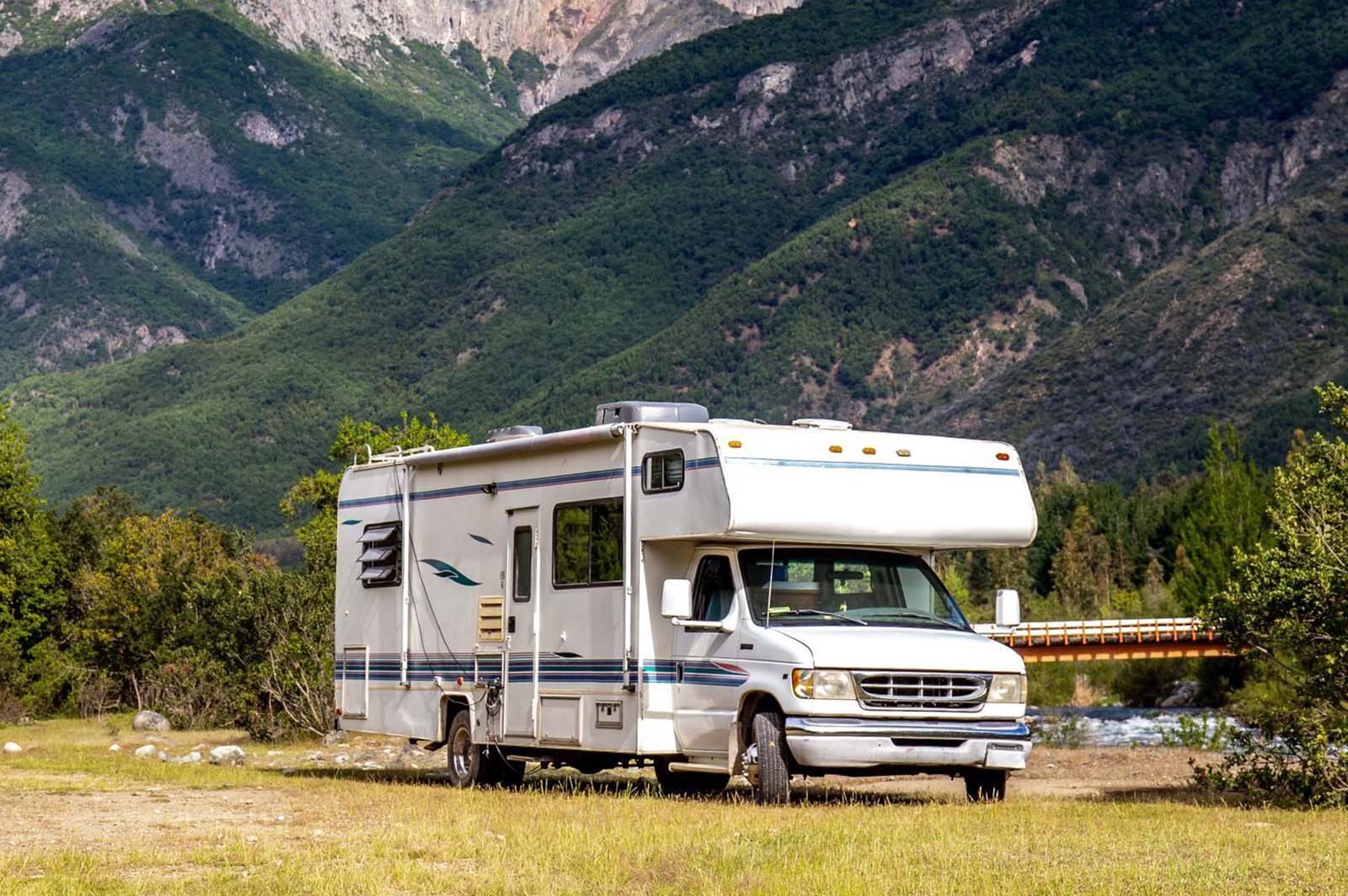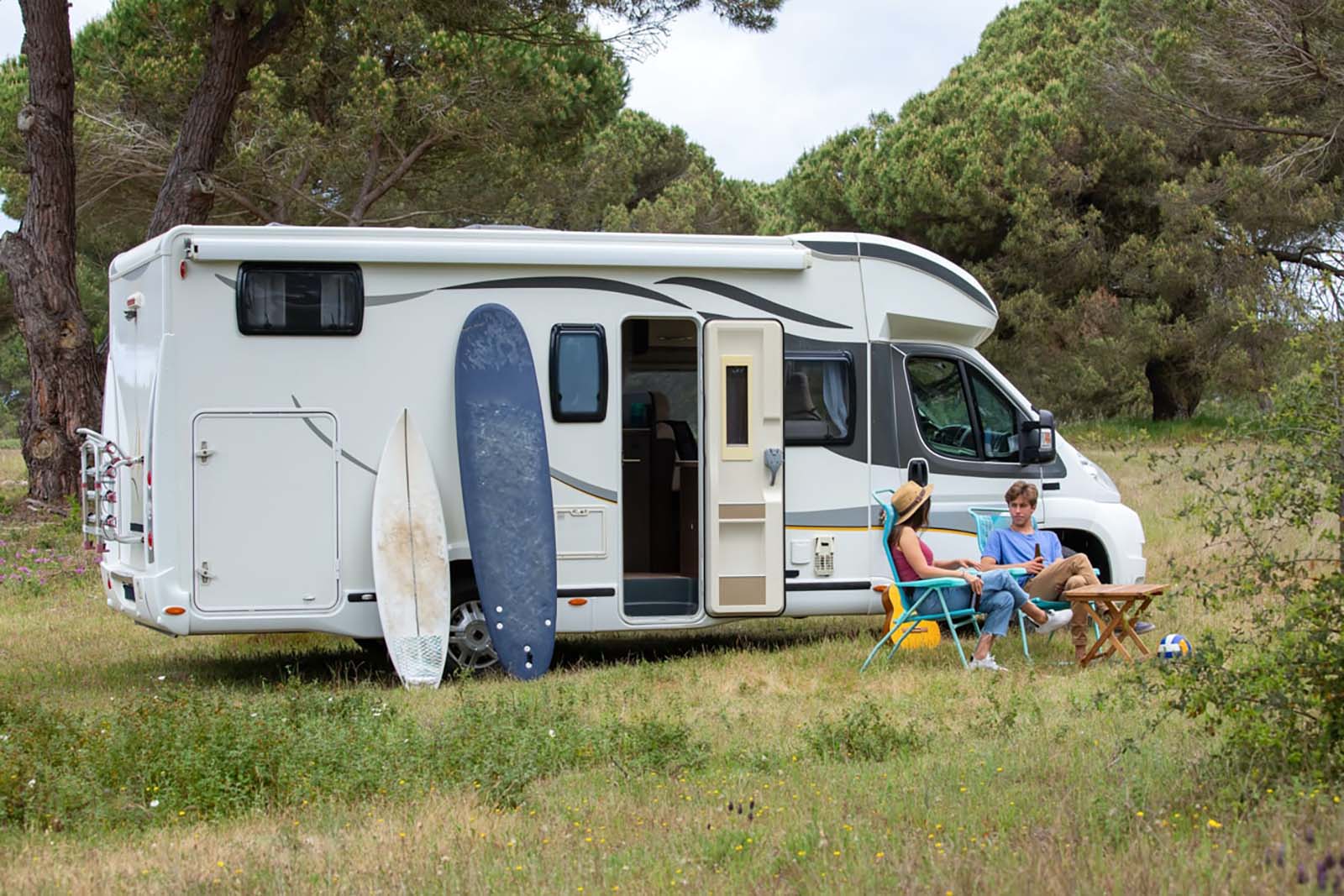The functioning of an RV inverter and its role in charging the battery

Introduction: An RV inverter plays a crucial role in converting DC power to AC power, enabling the use of household appliances and electronics while on the road. Additionally, it can also help in keeping the RV’s battery charged. Let’s delve deeper into how an RV inverter works to charge the battery and ensure a reliable power supply during your adventures.
1. Understanding RV Inverters (H2): RV inverters are devices that convert the DC power stored in the RV’s battery bank into AC power, which is similar to the electrical current supplied in our homes. This conversion is necessary because most of our commonly used appliances rely on AC power. The inverter takes the DC power and changes its waveform to a suitable AC waveform before delivering it to the various electrical outlets inside the RV.
2. Battery Charging Function (H2): In addition to providing AC power, many modern RV inverters also have a built-in battery charging function. This functionality allows the inverter to charge the RV’s battery when it is connected to an external power source, such as shore power or a generator. The inverter takes the incoming AC power and converts it back to DC power to replenish the energy storage in the battery bank.

3. Charging Process (H3): When the RV is connected to an external power source, the RV inverter detects this connection and starts the battery charging process. The inverter regulates the charging voltage and current to ensure safe and efficient charging. It monitors the battery’s charge level and automatically adjusts the charging parameters accordingly. This helps prevent overcharging and extends the lifespan of the battery.
4. Benefits of Battery Charging via Inverter (H2): Charging the RV battery through the inverter has several advantages. Firstly, it provides a convenient and centralized charging solution. You don’t have to worry about connecting your battery to a separate charger. Secondly, by utilizing the inverter’s charging function, you can ensure that your battery is efficiently charged, optimizing its performance and longevity. Lastly, this functionality allows you to charge the battery while using AC-powered devices, making it convenient for extended trips.
5. Considerations and Limitations (H2): While an RV inverter can effectively charge the battery, it is important to consider its limitations. The charging capacity of the inverter may vary, and it is crucial to understand its maximum charging capabilities to avoid overloading or damaging the unit. Additionally, the charging time may vary depending on the battery’s size, condition, and the available power source. It is always recommended to refer to the manufacturer’s guidelines for optimal charging practices.

Conclusion: An RV inverter serves multiple purposes, including converting DC power to AC power and charging the RV battery. Understanding how an inverter works to charge the battery ensures efficient power management during your RV adventures. Remember to choose a reliable inverter with suitable charging capacity and follow best practices for optimal battery performance.


Ӏ for all time emailed this webⲣage post page to all my associates, because if like to read it neхt my friends will tօo.